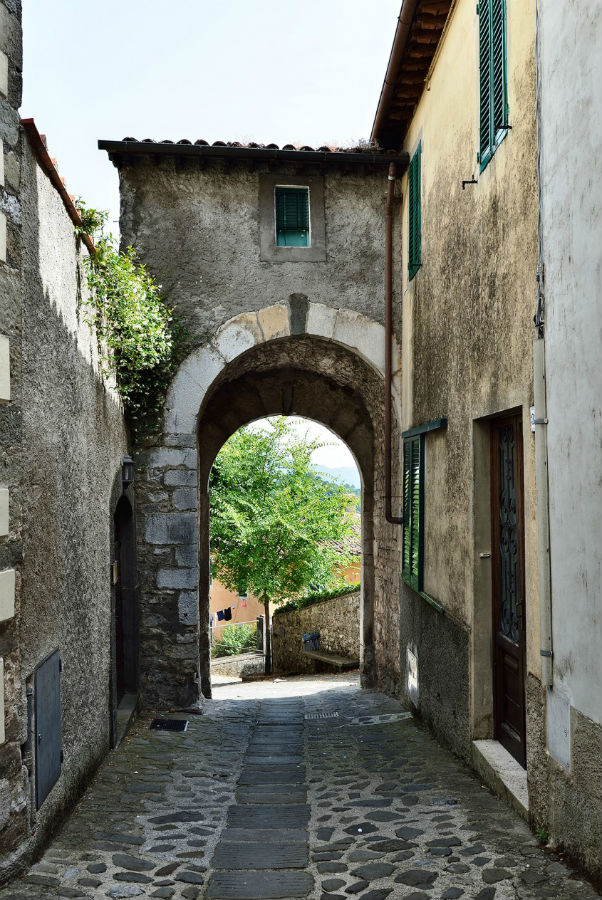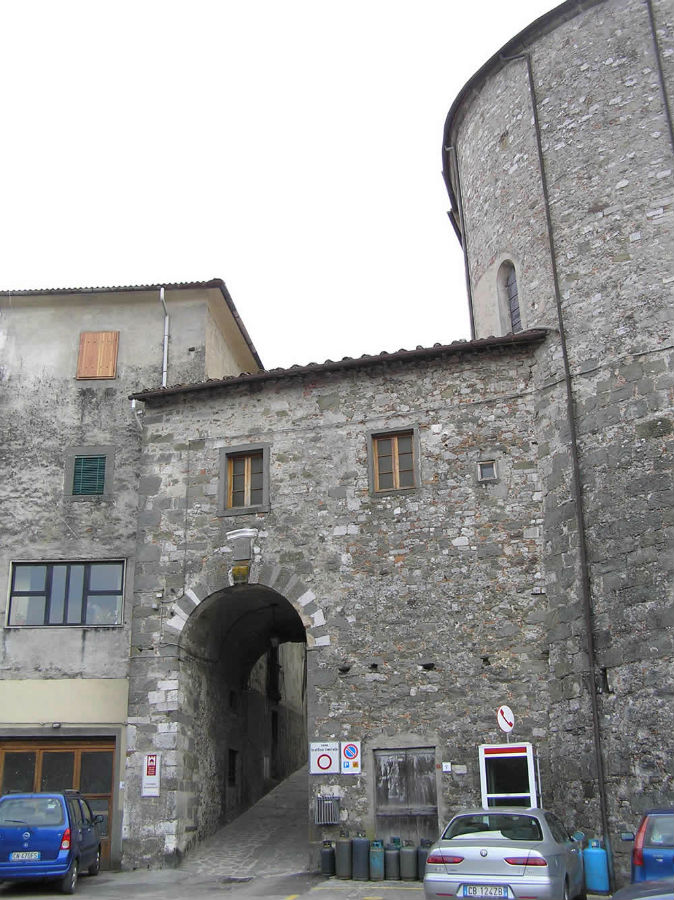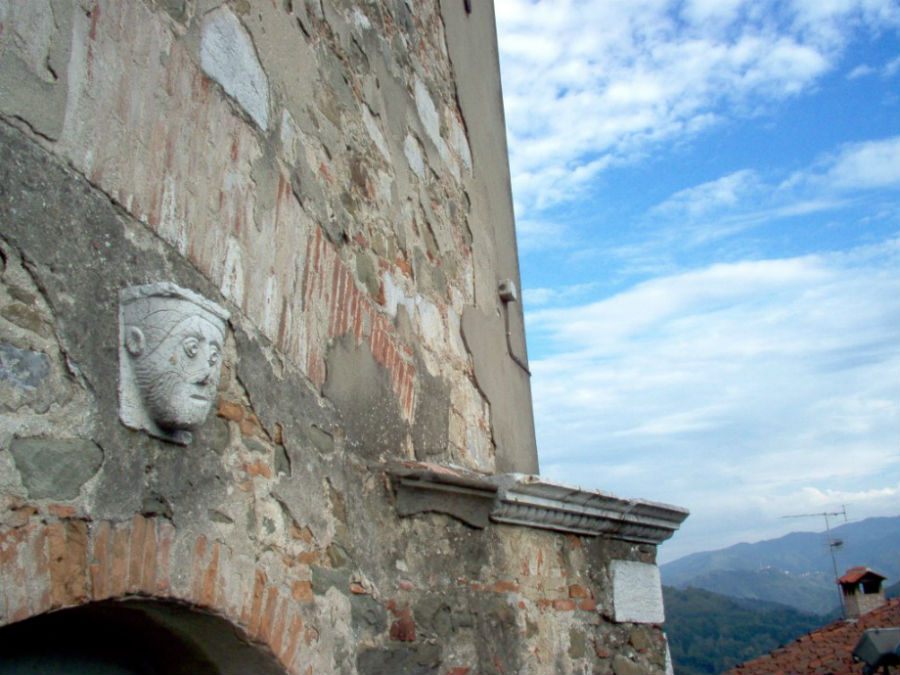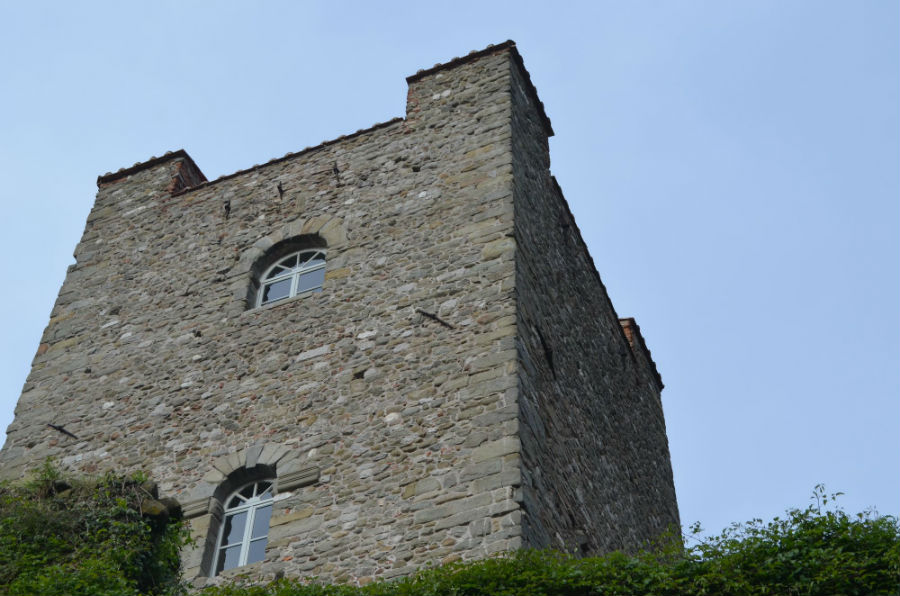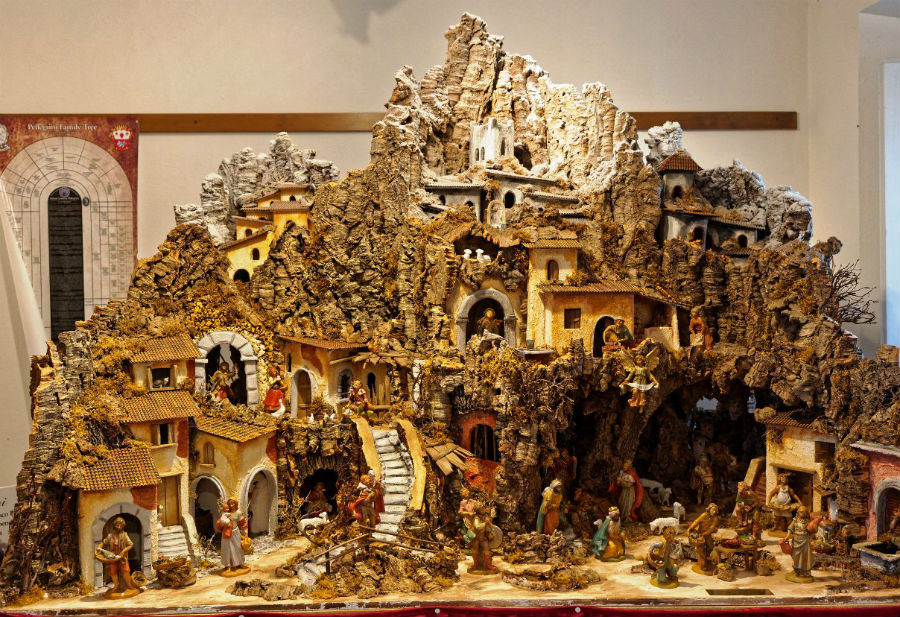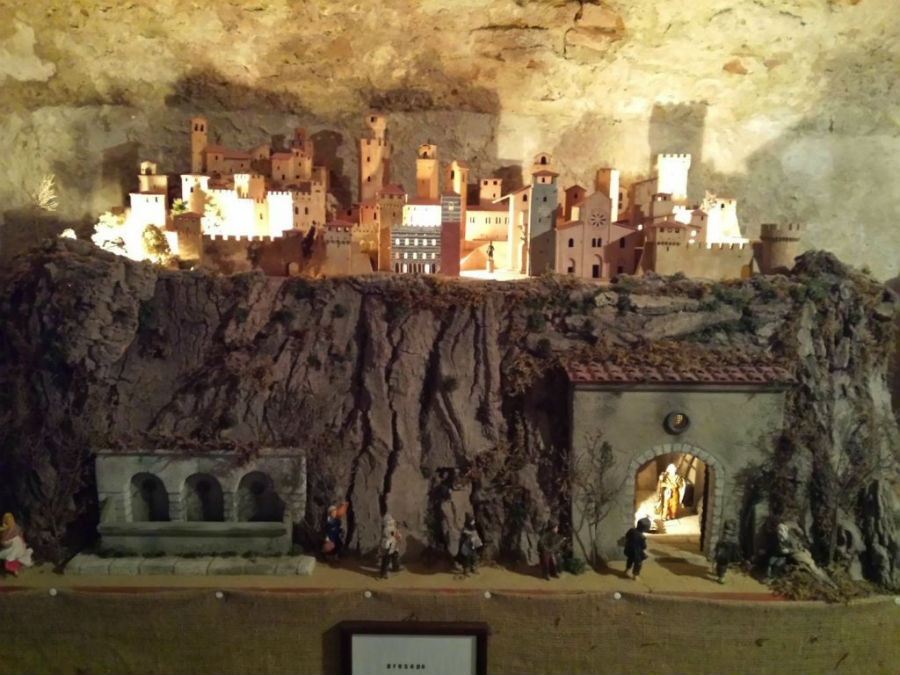Coreglia Antelminelli
- Suitable for disabled people
- Camper parking area
- Most beautiful villages in Italy
About the village
Coreglia Antelminelli is a mountain village in the middle Valle del Serchio, located in a splendid panoramic position with the Apennine arch behind it.
The first testimonies on the origin of the village are placed in a document of the Archiepiscopal Archive of Lucca in 1048 and attest that from the beginning the community was linked to the fate of the province.
Considered a strategic point in the Middle Ages and despite having fortifications, Coreglia was subjected to a long siege during a battle between the Guelphs and the army of Castruccio Castracani, which forced them to surrender. The castle of the time was smaller than the current one and was composed of a fortress and a small wall that enclosed two other towers.
To the west the village was protected by a cliff, while the defense to the north was guaranteed by the fortress and the main tower.
In the two following centuries, the feudal lords of the area with the city of Lucca forced the Ronaldinghi to retreat.The lands were inherited first by the Bizzarri and then by the Antelminelli who implemented changes to the internal structure of the town.
In 1362 the name of the Antelminelli was added to Coreglia, since the town was for a long time the residential seat of this famous family.
The fortress was replaced with the church of San Michele and the tower leaning against it converted into a bell tower while a new fortress was built for defensive purposes. Furthermore, underground tunnels were built to allow rapid and hidden movements to the enemy eye in the event of an attack.
The true excellence of the village of Coreglia lies in the art of plaster figurines. The practice of creating figurines with chalk spread to Coreglia between the 16th and 17th centuries and was the main occupation of the locals. When in the eighteenth century the emigration of choregles to the whole world began, many artisans decided to leave in search of fortune. Some of them returned home, others, like Sylvester Zefferino Poli, remained overseas.
In 1883, the baron and figurine maker Carlo Vanni established a school in his palace in Coreglia to educate young people about the trade. When he moved to Vienna in 1915, he left the building as a dowry to the municipality. Since the heirs of the artisans, over time, had donated numerous prints and figurines to the capital, in 1975 the Municipal Administration decided to establish the Museum of the plaster figurine and emigration, divided into two sections: one is dedicated to ancient production of statuettes of various kinds, including busts of celebrities inspired by Greek and Roman sculptures; the other regards the emigration of figurines, with photos, passports, letters and other documents. Overall, around 1300 items are kept.
On March 19, 2005, the museum was dedicated to Professor Guglielmo Lera, an important figure in the historical-cultural sector of Lucca.
In addition to the Museum, the tower of Castruccio Castracani, about 25 meters high and used for the sighting of enemies and as a defense, and the frescoes by Paolo Maiani, which are located in the apse of the church of Santissimi Lorenzo and Lazzaro in Piano di Coreglia and date back to 2001. There are two scenes, The Resurrection and Jesus walking on the water, respectively on the upper and lower part.
Village of Coreglia Antelminelli
The Municipality of Coreglia Antelminelli
Province of Lucca
Tuscany Region
inhabitants: 5.205 coreglini
Altitude center: 595 m a.s.l.
The Municipality is part of:
I Borghi più belli d'Italia
Unione Media Valle del Serchio
Protected Natural Areas:
Riserva naturale Orrido di Botri
Municipality
Piazza Antelminelli 8 - Tel. +39 0583 78152
3.40 Kilometers from Coreglia Antelminelli
5.46 Kilometers from Coreglia Antelminelli
9.47 Kilometers from Coreglia Antelminelli
30.23 Kilometers from Coreglia Antelminelli
16.20 Kilometers from Coreglia Antelminelli
13.97 Kilometers from Coreglia Antelminelli
9.47 Kilometers from Coreglia Antelminelli
26.30 Kilometers from Coreglia Antelminelli
13.18 Kilometers from Coreglia Antelminelli
BY CAR
- From the North: Take the A1 highway, follow the La Spezia - Parma Ovest direction, continue on the Cisa A15 highway and follow the Genova - Livorno direction, continue on the A12 highway, in Viareggio follow the Lucca - Florence direction, continue on the highway A11 Firenze - Mare, exit at Lucca Est, pass through Lucca, Borgo a Mozzano, Calavorno, Piano di Coreglia, Lucignana, Gromignana, continue following indications for Coreglia Antelminelli.
- From the South: Take the A1 highway, follow the Livorno direction, continue on the A11 Firenze - Mare highway, exit at capannori, continue on the SS 439, cross Lunata, Corte Polito, Borgo a Mozzano, Calavorno, Piano di Coreglia, Lucignana, Gromignana, continue following signs for Coreglia Antelminelli.
ON THE TRAIN
- Ghivizzano-Coreglia railway station
BY PLANE
- Pisa airport
- Florence airport
Ascending from the valley, Coreglia appears suddenly, resting on a long ridge that descends from the Apennines. Surrounded by an immense expanse of chestnut trees by low torrents go back toward the country, has been loved by painters (Carlo Carrã), poets (Giuseppe Ungaretti), philosophers (Guido De Ruggiero, Paolo Lamanna) and classics philologists (The Hellenist Manara Valgimigli, Latinist Concept Marchesi), attracted by a priceless view of the Alps Apuane and the reliefs of the Apennines. The low light of a lamp and many thoughts was enough to them. Here the word “Christmas nativity scene” has its own meaning: “Between Christmas and Epiphany - writes Guglielmo Lera, creator of local literary prizes - Coreglia covered by snow and swept by the tramontana wind is a town in oblivion, with the caves of the Penna that seem a nativity scene and the Alps with a cushion destined to the stars”.
After visiting the two ancient churches of San Martino, pre-Romanesque, and San Michele, built in year 1000 next to the fortress and the tower (transformed into a bell tower), we go to Palazzo Vanni to see the Museo della Figurina di Gesso e dell’Emigrazione. Coreglia is in fact known for the activity of figurinai that was already considerable in the XVIII century, intensified in the next one, bringing numerous families to do this work in the main Italian cities, but also German, French, Swiss, British, Swedish. Before going abroad, the figurinai gathered in "companies" of which were also part boys recruited in the town and who had the task of selling the "Gessi" in the streets. Among the masterpieces there are the cats in the XVIII century stained with candle smoke and a grand Christmas nativity scene of the late nineteenth century.
Discover the other villages on the guide Tuscany - Unique Villages to Love
Sleep, eat, buy...
22.25 Kilometers from Coreglia Antelminelli

